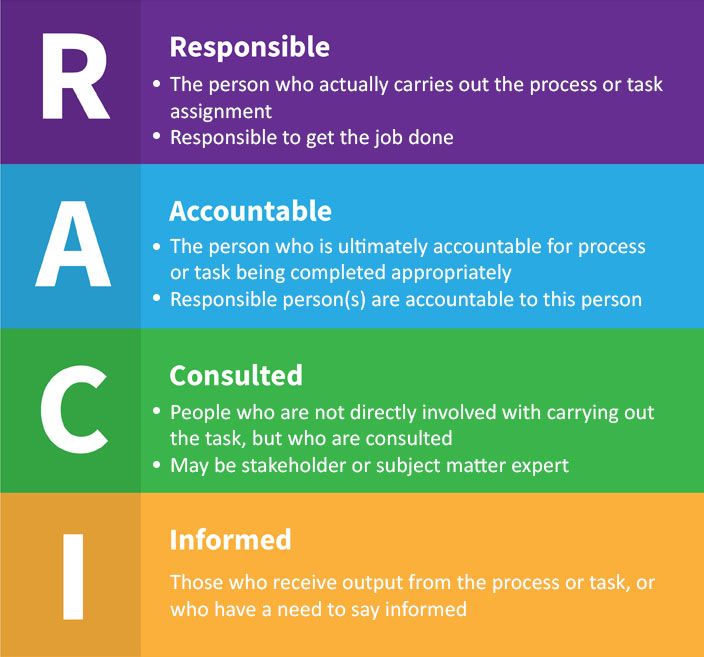Articles & Events, IT
Project Risk Management the basics
Ensure key Risks are discussed with the Project team and key stakeholders. Actively listen to their concerns.
Regularly / actively manage all Risks. To improve its approach to risk management, a project needs to understand the risks that could hamper its achievement of its objectives and find effective ways to respond to them.
Ensure that all risks have target and resolution dates in the future within the log
Ensure that mitigating actions and resolution approaches are achievable.
Ensure that the Risk Log is accessible to the Project Team and the Sponsor
Ensure you have a formal risk management framework within the project?
Assign owners to manage / monitor risks.
Specific Actions:
Have you clearly defined and agreed your risk appetite with the Sponsor and your Stakeholders?
Do your risk and compliance functions throughout the organization work together with the Project?
Do your project risk and issue functions focus on the most important / priority risks for the relevant stage in the life-cycle?
Does your internal audit department have a clear mandate that addresses strategic, operational, financial and compliance risk? The project cannot solve all of them!
Establish clear governance over risk and risk and issue management within the project?
Have you defined the Steering Committees, Management Committees with a focus on specific risk and issue areas and considered the appropriateness of a risk and issue committee?
Update Project plans and schedules with impacts of risks and issues.
Remember:
Manage assumptions with care…
Share key assumptions with stakeholders and other parties.
Have you tried to prove / disprove the assumptions?
Assess the impact of an assumption if it does not prove true.
Dependencies:
Manage and monitor project internal and external dependencies to the same level of detail.
Ensure the detail of the dependency is understood, ideally documented between all parties:
Ensure the project team identify all dependencies and monitor there progress. Consider what has to happen for a task to be completed?
Ensure that the Project Sponsor and key stakeholders are aware of key dependencies.
Assess the impact of dependencies not being met and raise appropriate risks with mitigation’s.
Decisions:
Ensure that all team members understand that it is important to maintain the decisions log. Decisions can be taken at all levels within the project.
Share the log with the Project Sponsor and Steering Committee.
Seek written confirmation of key decisions, and capture context where relevant.
Challenge validity of decisions and impact on both the project and the business.
Ensure there is a clear chain of command and authority for making decisions Ensure a communication plan exists to identify the strategies for keeping all project stakeholders appropriately informed
Ensure you develop responsibility matrix (Responsible, Accountable, Consulted, Informed) has documented the roles of the various stakeholders as they relate to the project.
pmp-practitioners basic templates for Project Mangers
Managing and mitigating risk is a vital element of managing project success. The purpose of the Risk Management Plan is created at the planning stage of the project. The Project Manager should identify, assess and manage any risk in the project. The Project Manager should design a risk management plan template that will outline how risk management activities will be performed, recorded, and monitored throughout the lifecycle of the project. This bundle comprising guidelines, template, checklist and tips including best practice techniques for recording and managing risk.
